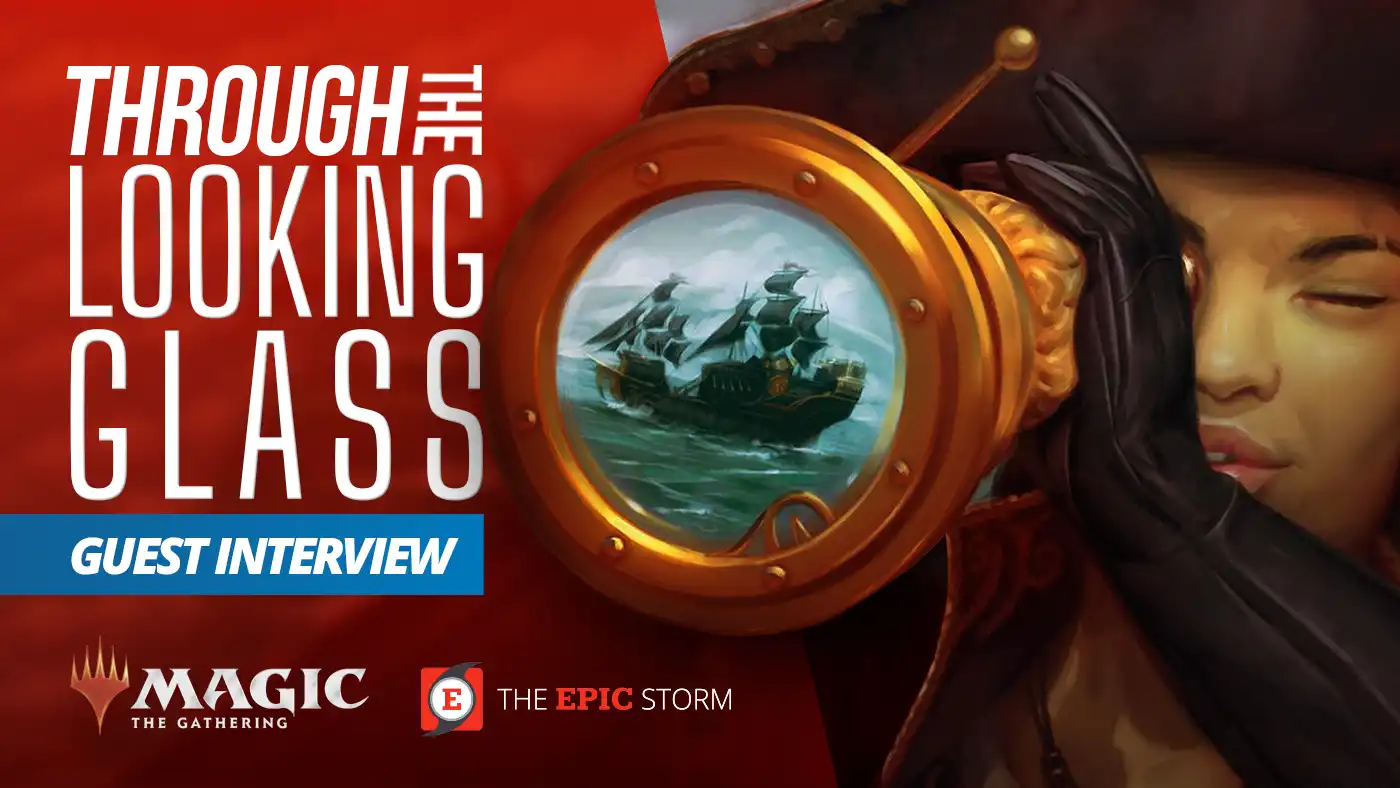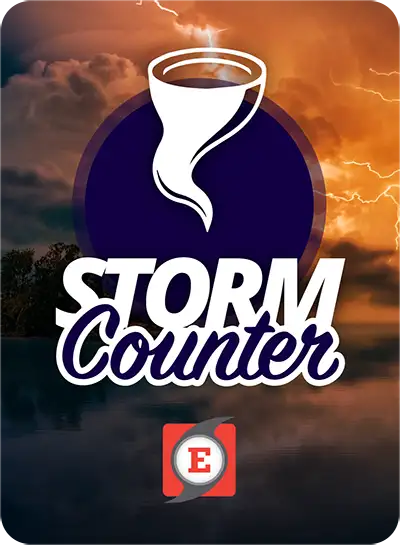
Special Guest
Brian Coval
(Twitter: BoshNRoll | Youtube: BoshNRoll | MTGO: BoshNRoll)
Brian "BoshNRoll" Coval releases YouTube videos every weekday and specializes in non-rotating "Eternal" constructed formats (Vintage, Legacy, Modern, cEDH, Pioneer, Pauper). He is a Star City Games Invitational winner, a Grand Prix champion, Eternal Weekend Vintage Champion, co-host of The Eternal Glory podcast, and has played on the Magic: the Gathering Pro Tour.
Dimir ReScaminator by Brian Coval
Main Deck
- 4 [[Brainstorm]]
- 4 [[Entomb]]
- 4 [[Ponder]]
- 4 [[Reanimate]]
- 4 [[Animate Dead]]
- 4 [[Daze]]
- 4 [[Grief]]
- 4 [[Force of Will]]
- 4 [[Troll of Khazad-dûm]]
- 3 [[Orcish Bowmasters]]
- 1 [[Wail of the Forgotten]]
- 1 [[Brazen Borrower]]
- 1 [[Atraxa, Grand Unifier]]
- 1 [[Archon of Cruelty]]
- 4 [[Polluted Delta]]
- 4 [[Underground Sea]]
- 3 [[Wasteland]]
- 2 [[Scalding Tarn]]
- 1 [[Island]]
- 1 [[Misty Rainforest]]
- 1 [[Swamp]]
- 1 [[Undercity Sewers]]
Sideboard
- 3 [[Dauthi Voidwalker]]
- 2 [[Dress Down]]
- 2 [[Force of Negation]]
- 2 [[Murktide Regent]]
- 1 [[Hydroblast]]
- 1 [[Null Rod]]
- 1 [[Orcish Bowmasters]]
- 1 [[Unlicensed Hearse]]
- 1 [[Brazen Borrower]]
- 1 [[Dismember]]
[[Island]], [[Ponder]], keep, baby. But seriously, I’m looking for stability and disruption more than the ability to send it fast. The deck will send it eventually if you’re still alive. I love starting on a [[Grief]], even if I don’t have any tricks for it yet.
I prioritize disruption first, but I do enjoy that it’s a deck I’m free to goldfish against. Getting an [[Atraxa, Grand Unifier]] trigger is usually good for a [[Force of Will]] and/or [[Grief]]’s worth of interaction; every hit means they need a higher storm count to win. All that said, [[Veil of Summer]] is a beating and TES plays 4 mainboard, so I have to be careful not to walk into it.
TES should be do the normal TES equation of life total / perceived clock vs. current likelihood of winning given the layers of protection you have. If there’s no clock and the TES player has a [[Veil of Summer]], the TES player has a lot of time. If the TES player does not [[Veil of Summer]] or is facing a [[Troll of Khazad-dûm]], they better start running the success numbers and make an informed decision.
Live reads like staring at their hand and counting while deciding to keep or mull is a dead giveaway. I’m suspicious of any mulligan below six cards. In the case of TES, [[Chrome Mox]] or [[Mox Opal]] alongside fetchlands or fetching [[Commercial District]] are all big tells. If I see any of these indicators while leaving a Green up, I have to respect [[Veil of Summer]] and decide what I’m willing to put into fighting over it.
The best practice is to just win the die roll and [[Grief]] your opponent. Then, it doesn’t matter what they’re on, and you don’t have to guess.
On the play, I want to [[Grief]] and clock somehow. [[Reanimate]] the [[Grief]], have an [[Entomb]], even [[Orcish Bowmasters]] is fine. The nuts are [[Grief]] into [[Entomb]], then [[Reanimate]] [[Atraxa, Grand Unifier]].
On the draw, I want everything I wanted on the play, plus [[Force of Will]]
Among the biggos, you almost always want [[Atraxa, Grand Unifier]]. [[Archon of Cruelty]] targets and can be out-tempoed by [[Veil of Summer]], while [[Atraxa, Grand Unifier]] just gasses you up and doesn’t care about interaction after that. I’d rank the [[Reanimate]] targets in the deck as [[Atraxa, Grand Unifier]] > [[Grief]] > [[Archon of Cruelty]] > [[Troll of Khazad-dûm]].
(adsbygoogle = window.adsbygoogle || []).push({});
I sometimes wish I had it in the fast [[Reanimate]] games to push harder. It’s a huge brick in the sideboard juke package though, and you need that post-board Dimir Scam deck to be as smooth as possible because you’re boarding out a lot of power. As far as making the cut, where would it go? Every card in this deck is working so hard. It’s partially a case of “it’s not good enough” and partially “I already have 60 cards I want to play.”
I’ll need interaction, but luckily the deck is full of it. I trust [[Grief]] and [[Null Rod]] more than I trust [[Force of Will]], but I’m not going to be too picky if my hand has interaction and a plan.
The card I’m most worried about is [[Veil of Summer]]. I don’t want to steer Storm students in the wrong direction by telling them to mull looking for one, as I suspect that would hurt winning percentage more than help it over time, but maybe consider the mid hand with a [[Veil of Summer]] over mulling for a “better” hand without one.
(adsbygoogle = window.adsbygoogle || []).push({});
I know that you know that I want a [[Force of Will]], which means I’m comfortable keeping a [[Grief]] hand that needs to untap to do anything. There are six Force effects in post-board though, so I’m more likely to have one than not. I personally love keeping powerful, proactive hands that just need to untap once and let the mind games get me there.
I might shave a couple if I’m looking for slots, but the deck’s blue count is relatively low and you need to support the 6 Force effects somehow.
I don’t care much for [[Unlicensed Hearse]] since it doesn’t stop [[Echo of Eons]] and my own [[Null Rod]] steps on it. I do like the pincer squeeze [[Dauthi Voidwalker]] plus [[Orcish Bowmasters]] puts on both TES’s plans in the mid game (turn 2 and beyond).
I am probably trying to [[Atraxa, Grand Unifier]] you in all three games. Where that balances out on the sideboard map for the Storm side I’m not confident. It’s not like Rakdos Reanimator where all you have to do is survive. If I smell interaction, I’ll just play an [[Orcish Bowmasters]] or [[Grief]] you first. If you can keep your plan A intact while respecting the graveyard, I’d recommend it. If you dilute plan A to the point that hate-bear beats become an issue, maybe not.
(adsbygoogle = window.adsbygoogle || []).push({});
Among the listed decks I’d want to play against Painter > TES > Oops > Sneak and Show > Doomsday. Painter has no meaningful interaction for my most powerful stuff. The EPIC Storm has [[Veil of Summer]] that I’m in good shape if I play around. The blue combo decks that can fend off my goldfish while having a fast one of their own are where it becomes a crapshoot. I’m stoked to be a [[Grief]] deck in all these cases and generally like all those matchups.
Where I’m not as thrilled with my matchup are the [[The One Ring]] / [[Karn, the Great Creator]] / [[Mystic Forge]] mono-brown combo decks — it can feel like [[Null Rod]] or bust in a lot of cases, and I’m probably most worried about those in the combo space.
Against TES I’d want the two [[Force of Negation]], [[Null Rod]], [[Orcish Bowmasters]], and three [[Dauthi Voidwalker]]. I’d cut [[Archon of Cruelty]], two [[Animate Dead]], [[Brazen Borrower]], [[Wail of the Forgotten]], and two [[Daze]].
I might fiddle with my [[Daze]] count on the play vs. draw, but overall the plan is the same but more powerful if I get to go first.
Check out BoshNRoll on YouTube for daily Eternal Magic content!
(adsbygoogle = window.adsbygoogle || []).push({});
I want to give a big shout out to Brian Coval for joining us Through the Looking Glass. Now go forth, and topdeck [[Veil of Summer]].
Bang bang, Tendrils gang. See you next month.










